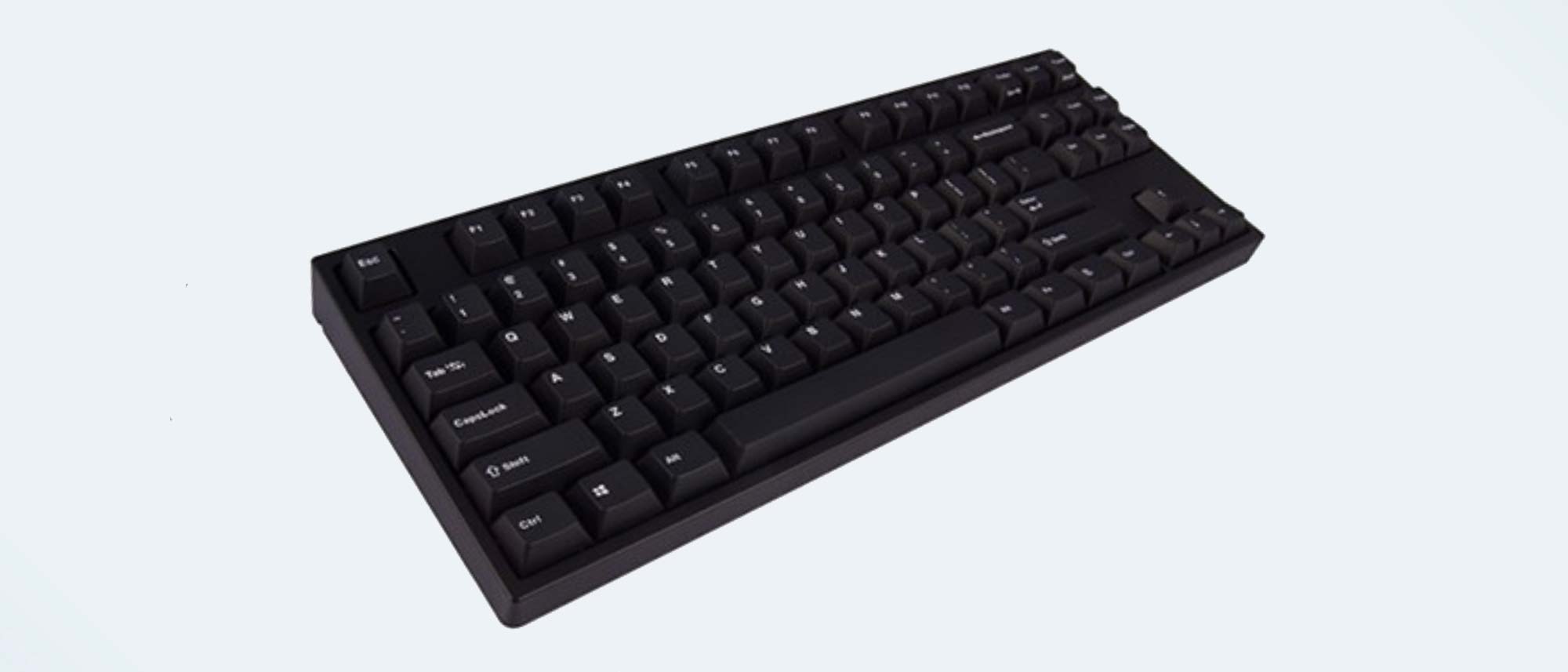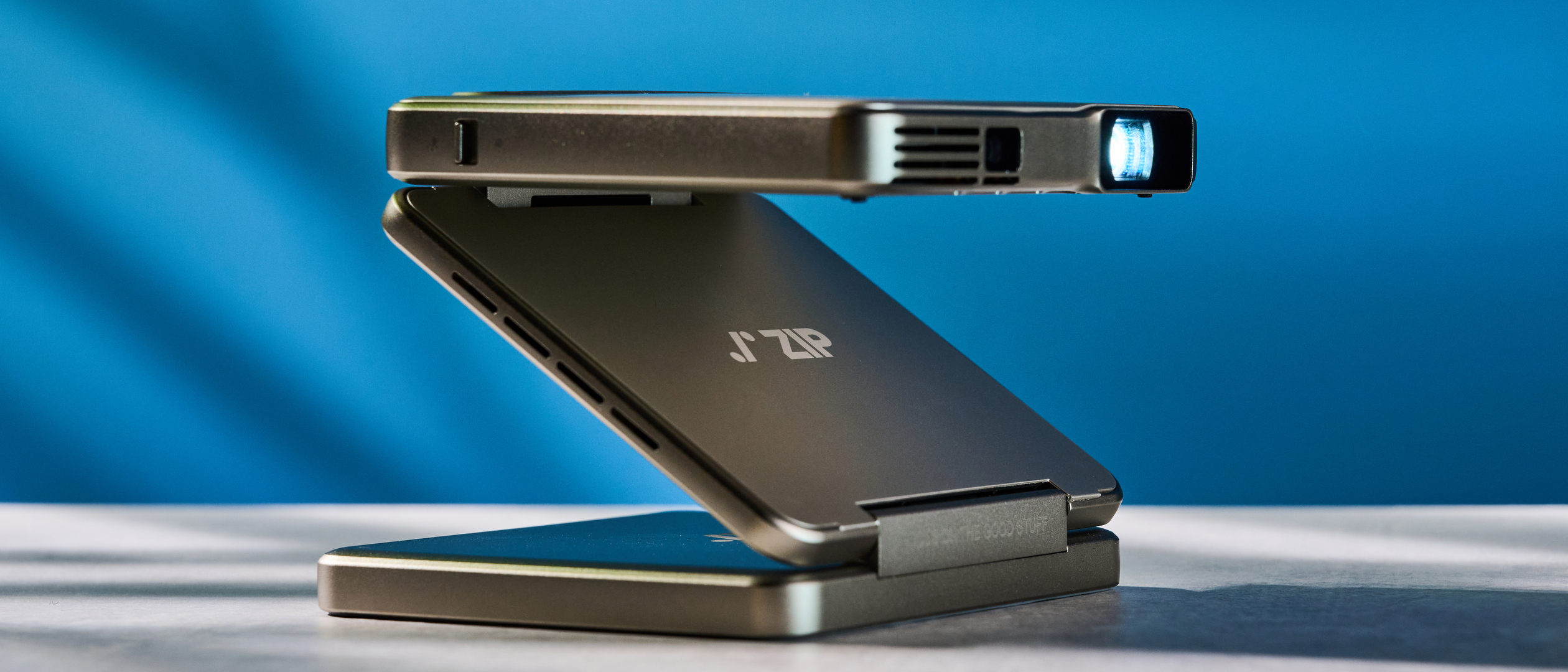Tom's Guide Verdict
The Leopold FC750R PD should appeal to mechanical keyboard enthusiasts who can live without a number pad, and don't need the bells and whistles that gaming models offer.
Pros
- +
Excellent build quality
- +
Straightforward design
- +
Useful menu key
- +
Fantastic typing experience
Cons
- -
Only one way to adjust height
- -
Cheap plastic keycap puller
Why you can trust Tom's Guide
Key Type: Mechanical
Switch Type: Cherry MX Blue, Brown or Red
Illumination: None
Size: 14.3 x 5.5 x 1.3 inches
The Leopold FC750R PD demonstrates that every now and again, you find a product that’s exactly what you’re looking for. It doesn’t happen often. Most computer gear involves a Faustian choice of form over function, or accepting deficits as features. (Yes, I’m calling you out, Windows 10). While the 87-key Leopold FC750R PD mechanical keyboard may not be perfect for everyone, it has exactly what I need. More importantly, it has none of the needless excessive bells and whistles that I don’t.
Let me explain: I’m a writer, not a gamer. Most mechanical keyboards are designed and reviewed with gamers in mind. But the same features that gamers geek out over, this writer freaks out over. I don’t want my keyboard to sport a kaleidoscope of customizable flashing backlights. I shudder at media controls and passthrough ports, which take me away from the business of writing. Wireless connectivity, while nice aesthetically, is a low priority. I never saw the point of even a simple white backlight for writing in the dark.
As someone who spends serious time working on a keyboard and is leery of distractions, all I care about are design, keycap font and how the keys respond to my touch. Read on for the full Leopold FC750R PD review, which explains how this peripheral keeps things simple and straightforward, making it one of the best keyboards you can buy if those are your priorities.
Leopold FC750R PD review: Design
The Leopold FC750R PD comes with dual in-line package (DIP) switches on the back that let you swap keys like the Left Control and Caps Lock. I was happy with the default settings, though. I was also quite taken with a menu key. When I began the review, I didn’t think much of it. But over time, I found it to be a handy feature, which I didn’t know I wanted or needed.
Aside from the overall look of the Leopold – it’s gorgeous – I was also looking for a keyboard with a smaller footprint. Full-size keyboards usually measure more than 17 inches across. Stick a mouse next to it, and that extends your reach to 20+ inches. During hard edits on large documents, that’s hundreds, if not thousands of back-and-forth shoulder extensions, which can prove painful over time.
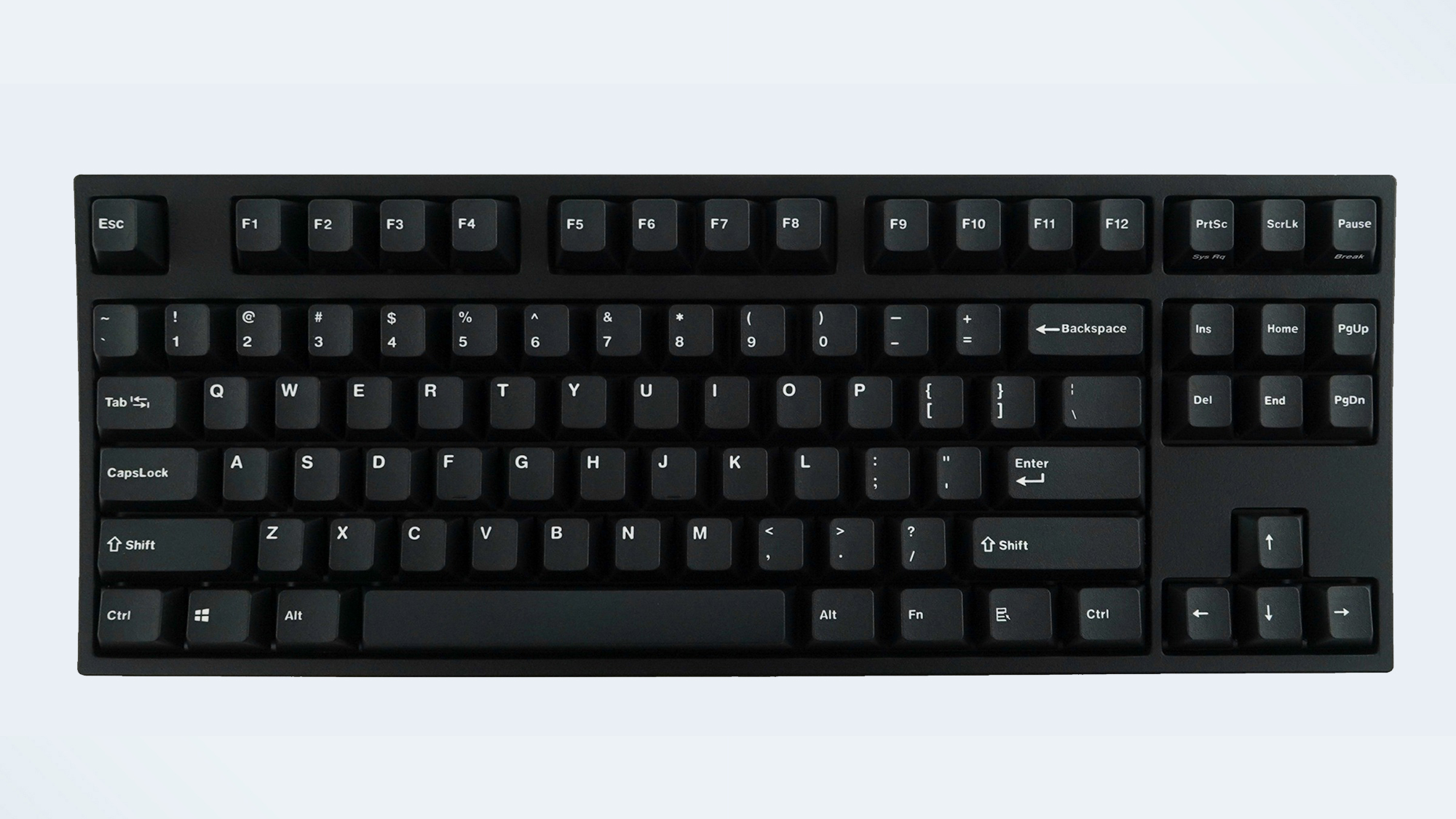
By eliminating the number pad, the tenkeyless Leopold measures a svelte 14.3 inches across. The solidly-built board sports an efficient, no-frills design with rounded corners and, when lying flat, tapers slightly from top to bottom.
The keyboard is wired with a simple, removable, unbraided 48-inch black mini-USB cable, and you can route it to the left, right, or center. It also comes with a PS/2-to-USB-A converter. It takes longer to sneeze than to set up. There is no learning curve, no DIY customization or other nonsense required. It's just plug and play.
The keyboard rests inside a thick plastic case, with a steel-mounted plate and extra padding to dampen sound on the spacebar. It’s solid, and feels heavier than its 2.2-pound fighting weight.
Leopold FC750R PD review:
If you’ve never typed on a mechanical keyboard, you owe it to yourself to try. Yes, they’re more expensive. The Leopard reviewed here retails for $119, which is about average. But once you pull the trigger, a mechanical keyboard could be the last keyboard you’ll ever need to purchase.
Short of spilling coffee and drowning the keyboard (which I’ve done sadly more than once), they’re virtually indestructible. Higher-end mechanical keyboards also come with hot-swappable switches, so you can remove the keycap, check the color of the switch or order replacements. Everything snaps into place.
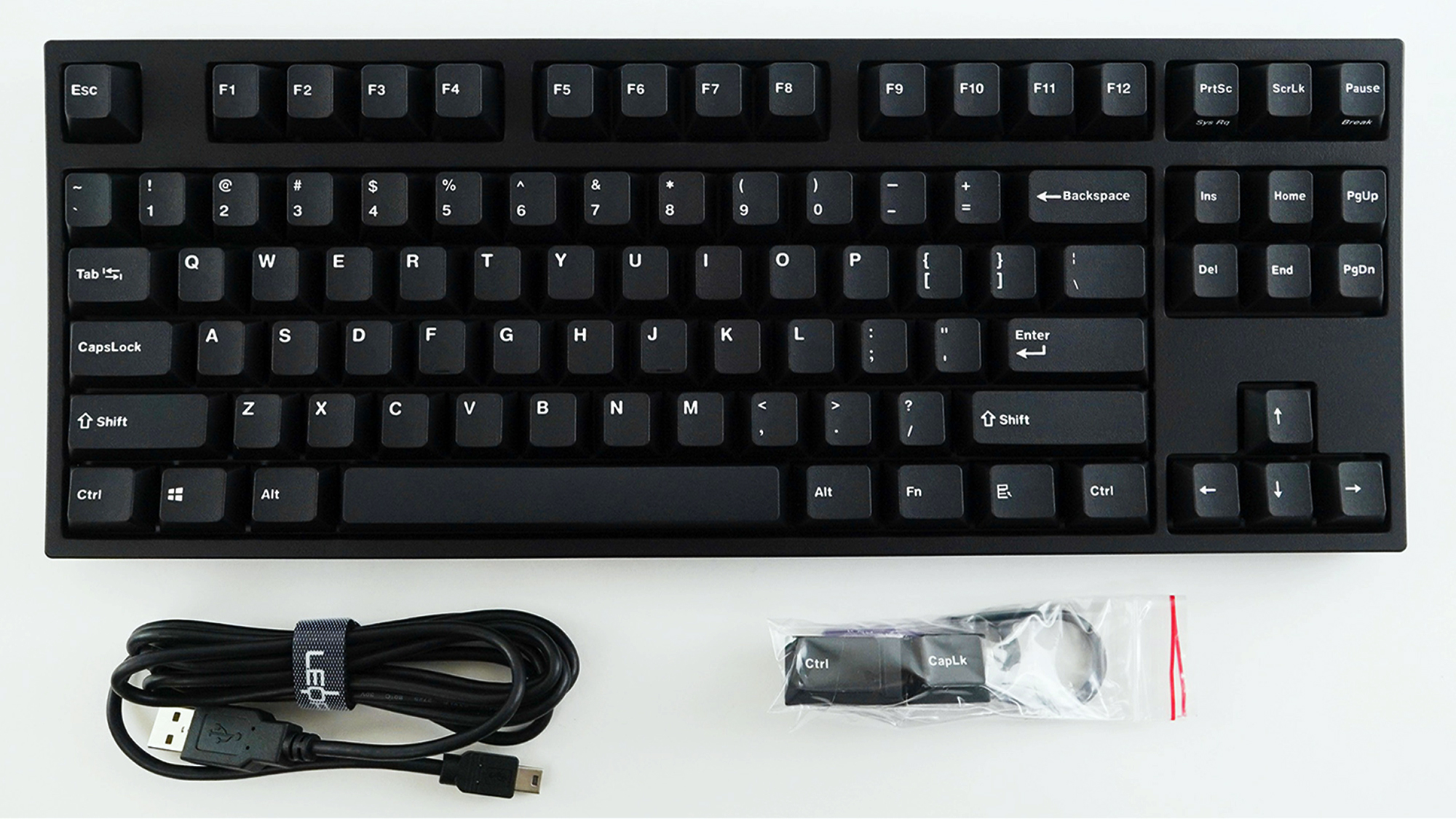
The Leopold comes with a plastic keycap puller which honestly, I recommend junking in favor of a metal puller so as not to scratch the gorgeous keycaps.
Why buy the Leopold and not another TKL keyboard? Like everything else, it comes down to personal preference regarding design decisions.
Once again, the Leopold FC750R PD is drop-dead gorgeous. Look at the white-on-black keys, and the clean, crisp font caps. The keys are very thick, and employ industry-best polybutylene terephthalate (PBT) double shot keycaps. (That's fancy tech-talk, meaning they're virtually indestructible.) The peripheral is an absolute joy to look at, and to use.
Gamers and mechanical keyboard enthusiasts have strong feelings about key switches. These are the plastic mechanical switches underneath each keycap that allow for the click and clack sounds when you tap a key. Some switches, like the Cherry MX Blue, are loud. Others, like Cherry MX Silent Red, are barely audible. The Cherry MX Brown switch on the Leopold I reviewed was just right. It has enough of a tactile feel and sound to satisfy, but not enough to wake the neighbors or a cubicle-mate.
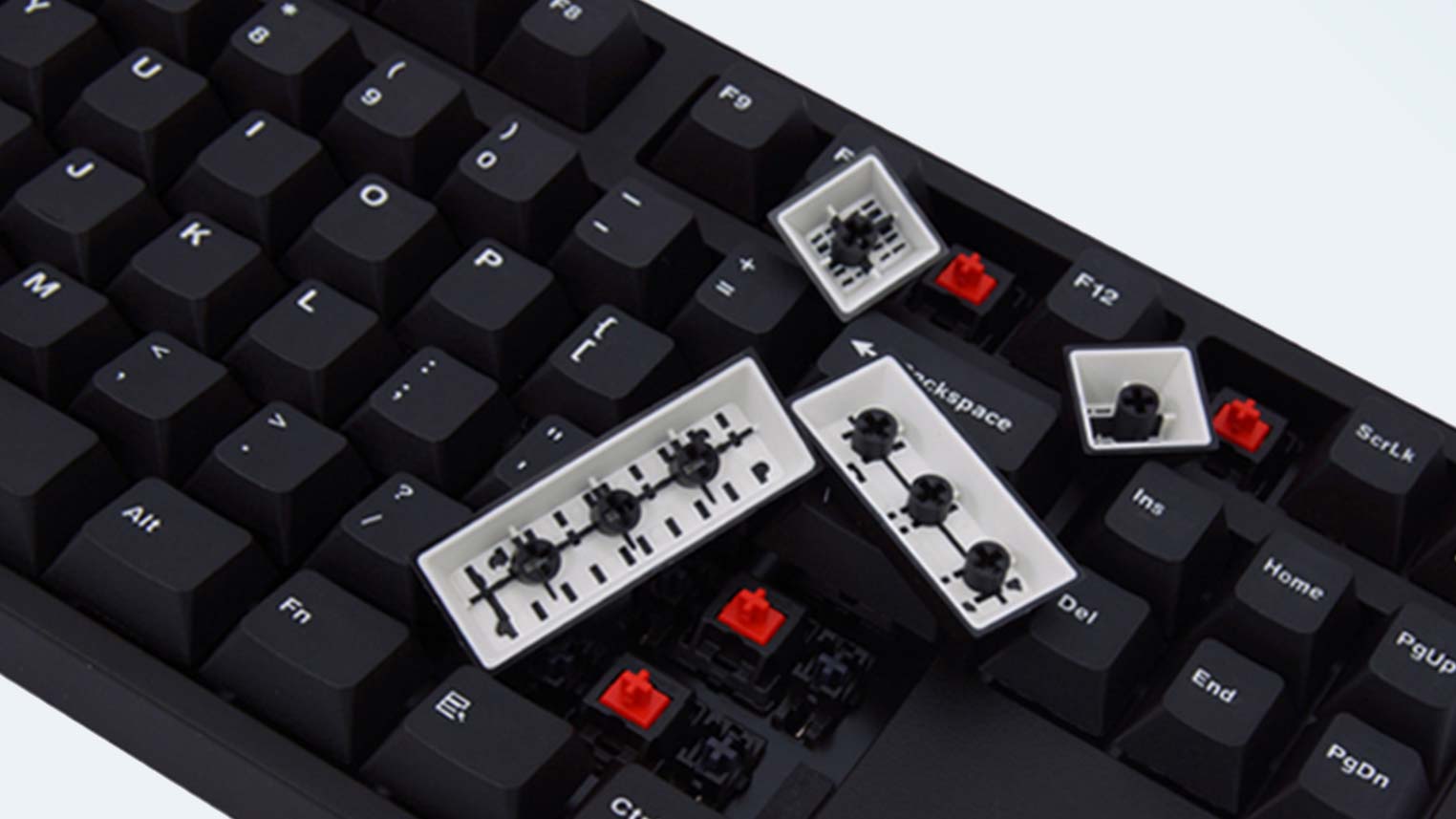
Even if you’re a ham-fisted typist, the Leopold FC750R PD won’t jitterbug across your desk. It comes in six colors: black, grey/blue, two-tone white, white/grey, navy/blue, and ash yellow. You can get a layout in either English or Korean (Leopold is a Korean company), with seven choices of Cherry MX switches: Brown, Blue, Red, Black, Silent Red, Clear and Silver.
Leopold FC750R PD review: Features
I connected the Leopold keyboard to my ThinkPad, and used it exclusively for a week while editing my second novel. Larry Gelbart, the creator and producer of the brilliant M*A*S*H television series, once said, “Writing is all about overcoming procrastination.” It’s why my keyboard must be free of distracting media control buttons, LCD displays, flashing lights or anything else that can divert my attention from working.
The Leopold offers none of these, and I am so grateful. If you want to, though, you can jump down a rabbit hole and throw gobs of greenbacks to swap out keycaps and create intricate multicolor keyboard designs – and there are a slew of addicting sites to help you. Mechanical Keyboards (https://mechanicalkeyboards.com/) offers add-on keycap sets for this keyboard. You can also check out Apiary Keyboards (https://apiarykeyboards.com) and Novel Keys (www.novelkeys.xyz).
Other behind-the-scenes features on the Leopold include four rubber pads on the bottom corners, and two spring-loaded rubber-tipped kickstands (one on each side) for a single height adjustment. To quibble, however, two elevation levels would have been better. There’s also a plastic dust cover to keep dust and detritus out when the keyboard's not in use.
Leopold FC750R PD review: Verdict
At the end of the day, it’s the typing experience that makes the Leopold FC750R PD a standout keyboard. It's also a serious contender for anyone seeking a distraction-free TKL mechanical keyboard, whether you want to upgrade from a standard office model or dip your toe in the mechanical keyboard enthusiast waters. If you don’t need a number pad, the Leopold FC750R PD is just “write.”
Tom's Guide upgrades your life by helping you decide what products to buy, finding the best deals and showing you how to get the most out of them and solving problems as they arise. Tom's Guide is here to help you accomplish your goals, find great products without the hassle, get the best deals, discover things others don’t want you to know and save time when problems arise. Visit the About Tom's Guide page for more information and to find out how we test products.
